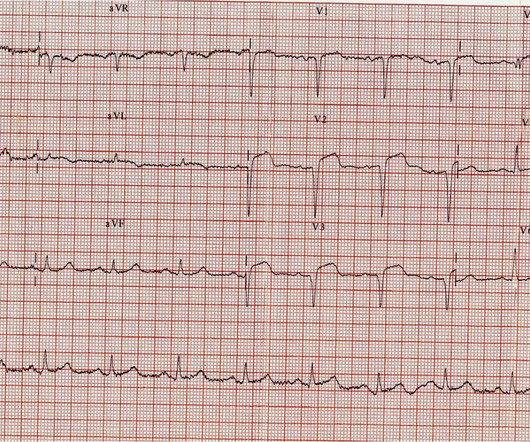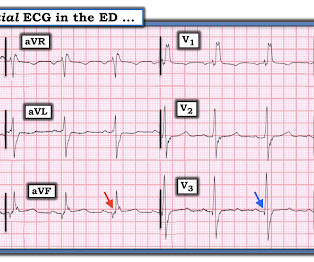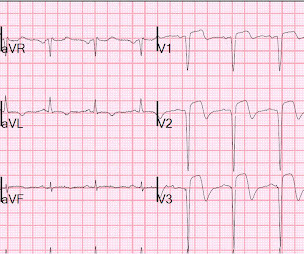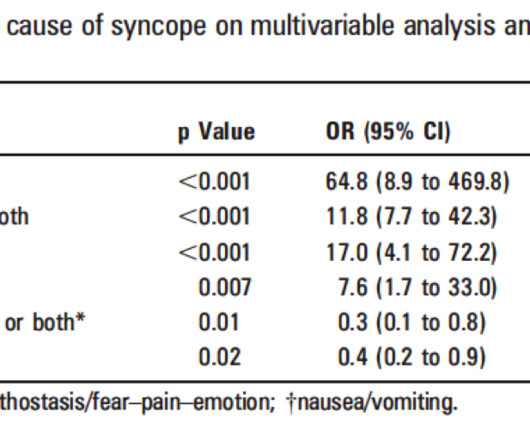Chest pain and a computer ‘normal’ ECG. Therefore, there is no need for a physician to look at this ECG.
Dr. Smith's ECG Blog
JANUARY 27, 2024
Written by Jesse McLaren, comments by Smith A 55 year old with a history of NSTEMI presented with two hours of exertional chest pain, with normal vitals. Smith : Old inferior MI with persistent ST Elevation ("inferior aneurysm") has well-formed Q-waves. What do you think?















Let's personalize your content